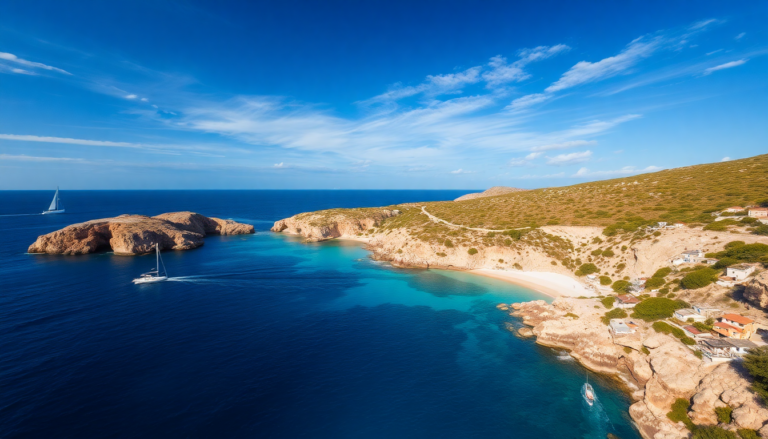Argomenti trattati
The La Maddalena archipelago, a hidden gem in Sardinia, boasts an unparalleled natural beauty that beckons travelers from all over. Yet, with the influx of tourists, the region faces the pressing challenge of maintaining its pristine environment. As summer approaches, the local authorities are stepping up with new regulations designed to safeguard this treasured landscape. These measures are not just about limiting access; they reflect a broader commitment to fostering responsible tourism that respects both the land and its visitors.
New regulations for beach access
One of the most notable changes involves the prohibition of food consumption on the beaches. This decision, while seemingly simple, aims to tackle the pervasive issue of littering—a problem that often goes unnoticed until it’s too late. Even the smallest food scraps can disrupt the delicate balance of the coastal ecosystem, and with wild boar populations on the rise, it’s become crucial to minimize human-wildlife interactions. By keeping food off the sands, the hope is to create a cleaner, safer environment for both beachgoers and the local wildlife.
Moreover, visitors will now be required to use towels or mats instead of sitting directly on the sand. This measure, though it may feel restrictive to some, is a proactive step towards combatting beach erosion. Each footstep adds up; think about it—thousands of visitors trampling the same patch of sand day after day. This small adjustment can contribute significantly to preserving the beach’s integrity for future generations.
Empowering local tourism operators
Interestingly, the new regulations also place an emphasis on involving local tourism operators in the conservation efforts. Rather than being seen as enforcers of rules, these operators will act as ambassadors for the archipelago. It’s a refreshing shift towards a collaborative approach, where everyone works together for a common goal: the preservation of a unique environment. In a recent interview, Giulio Plastina, director of the park authority, emphasized this new philosophy, stating that the regulations are designed to encourage a shared responsibility rather than top-down mandates.
There’s something inspiring about this vision. It reminds me of a time when I visited another protected area, where the locals had successfully transformed the way tourism operated by fostering a culture of respect and care. The result? A thriving ecosystem that benefited both the environment and the economy. Could La Maddalena be the next success story?
Protecting both environment and tourists
Another critical aspect of the regulations is the emphasis on reducing conflicts between wildlife and visitors. The increasing presence of wild boars near the beaches, particularly around Spargi Island, has raised safety concerns. The new rules are not merely about conservation; they aim to enhance the tourist experience by preventing encounters that could lead to aggressive behavior from these animals, often provoked by food scraps left behind. Who wants to deal with a wild boar when all they want is a relaxing day at the beach?
In essence, these new regulations represent a delicate balance between economic needs and environmental protection. They are straightforward enough not to disrupt the daily lives of tourists, yet impactful enough to make a significant difference. It’s about creating a sustainable future for La Maddalena, ensuring that it remains a beautiful destination for years to come.
As a traveler, I find this approach exciting. It’s not just about visiting a destination; it’s about being part of its journey towards sustainability. As many know, every little effort counts. The new regulations in La Maddalena serve as a reminder that responsible tourism can enrich our experiences while protecting the places we love.

